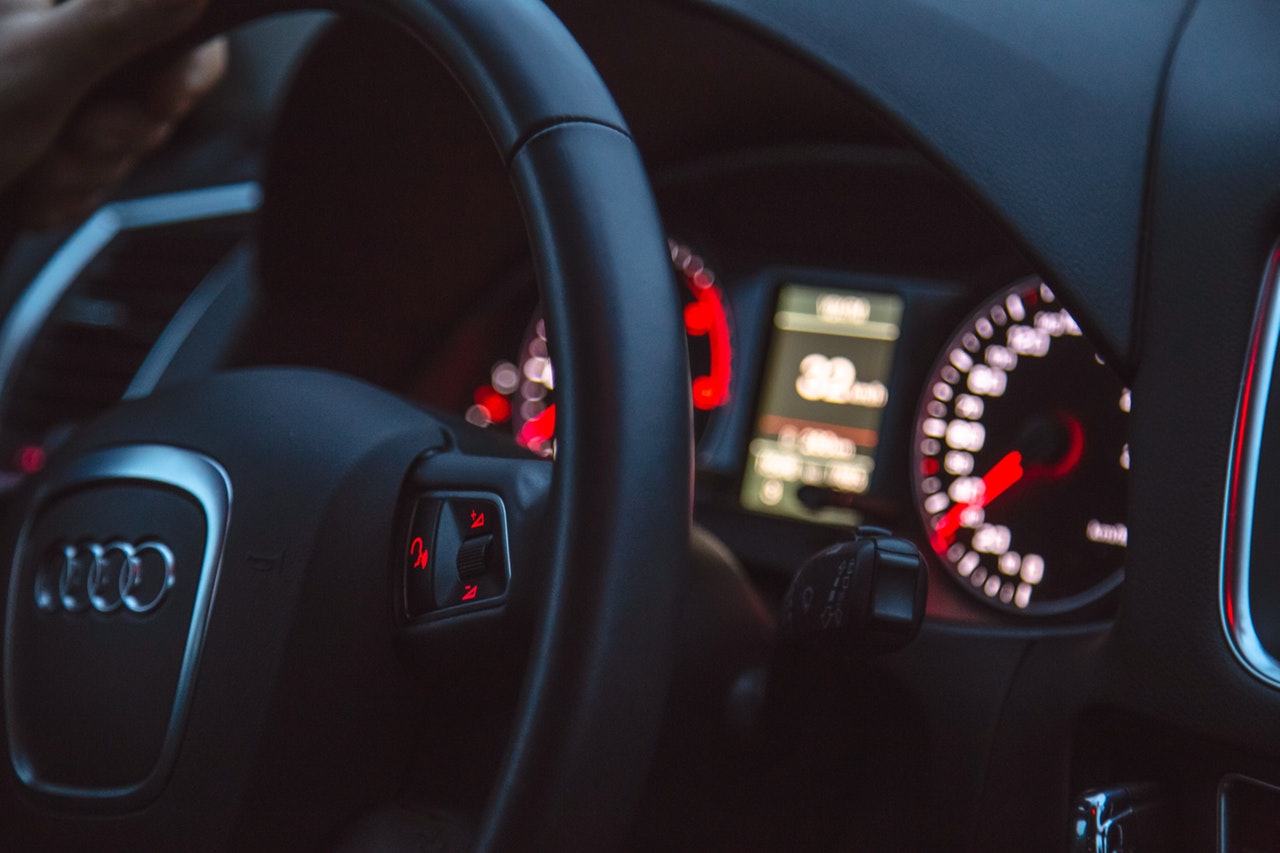3D and 4D number plates – what are they and are they legal?
The concept of personalising a vehicle’s number plate has been around for a long time. Traditionally this has taken the form of buying personalised registration numbers so that the numbers and letters on the number plate mean something more personal to the owner.
However, these can often be costly and so it’s unsurprising that the cheaper ways to obtain a more unique look have popped up over the years and these have included ideas such as changing the font of the lettering (which by the way, is not legal in the UK!).
Some of the latest trends are 3D number plates, 4D number plates, and tinted number plates. Below we look into exactly what these are latest trends are and whether or not they are legal in the UK.
What are 3D number plates?
3D numbers look very much like traditional number plates in that the numbers are “flat” on the number plate itself. However, the letters and numbers are printed with a slight shading around the edges which give it a bevelled/3D look without actually being 3D.
Are 3D number plates legal?
Unfortunately, 3D number plates are not legal in the UK as there are strict specifications around the style, colour, and font of numbers and letters on a number plate. The main specification that rules out 3D number plates is that numbers must be printed in a single shade of black. As we mentioned above, 3D number plates use shading to achieve their 3D look and, therefore, they fall foul of the single shade of black rule.
What are the penalties for using 3D number plates?
If you are caught displaying 3D number plates that fall foul of the number plate regulations then you can receive a fine of up to £1,000.
What are 4D number plates?
4D numbers plates feature raised numbers and letters, so they are actually 3D (unlike the so called “3D” number plates!). They are made from laser cut acrylic or gel layers (hence they are sometimes called “gel number plates”) that are built up to create the 3D effect.
Are 4D number plates legal?
Providing the letters and numbers on 4D number plates meet the strict specifications then they are legal in the UK. For example, they must be printed in a single shade of black, otherwise they would be illegal due to the same reasons as 3D number plates. There are other rules such as spacing between letters/numbers and the size of letters/numbers that must be adhered to also.
What are tinted number plates?
Another emerging number plate trend right now is tinted number plates. Tinted number plates have an additional layer or reflective surface applied to the number plate to darken the usual white or yellow background of the number plate.
Are tinted number plates legal?
Unfortunately, tinted number plates are illegal in the UK as front number plates must be white and rear number plates must be a certain shade of yellow. Any tinting applied will fall foul of these regulations and drivers can be fined up to £1,000 if they use tinted number plates on their vehicle.
